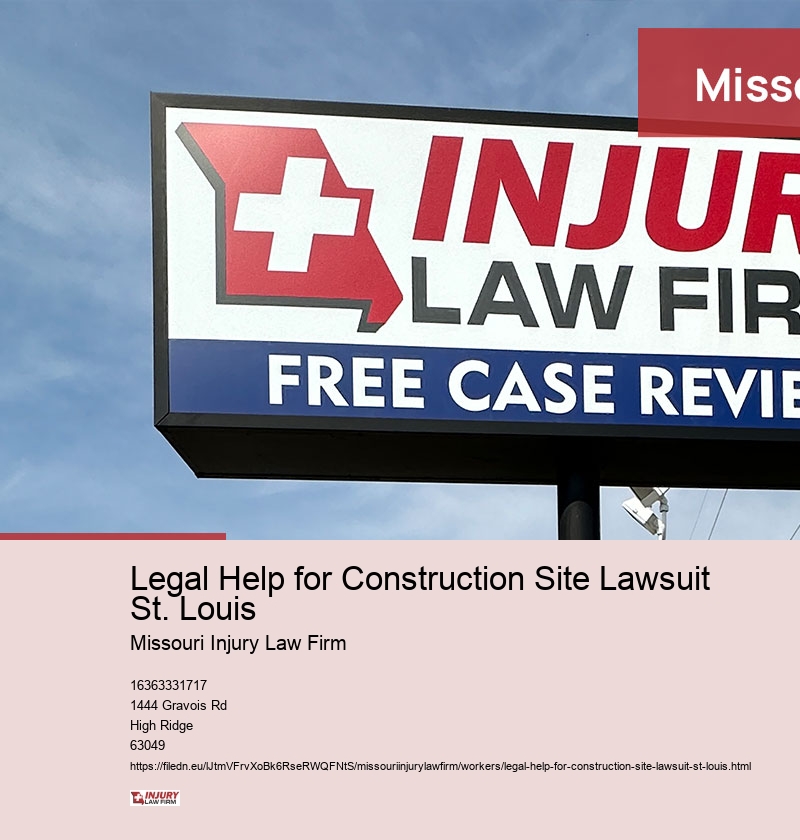Legal Help for Construction Site Lawsuit St. Louis
The Risks of Construction Sites in St. Louis
Construction sites are among the most high-risk workplaces, where injuries often occur due to falls, equipment malfunctions, power surges, and structural collapses. In St. Louis, where construction is a dominant field, safety breaches and carelessness frequently lead to critical worker trauma. These incidents not only cause physical harm but also monetary and mental suffering, often leaving workers unable to resume duties. Laws set by the Occupational Safety and Health Administration (OSHA) are meant to defend employees, but many businesses fail to comply, leading to avoidable injuries. Determining who is responsible is often complex, as liability can fall on main builders, third-party workers, machinery suppliers, or landlords. The legal process for seeking financial recovery varies, with construction victims needing to choose between pursuing a insurance request or initiating a third-party lawsuit. providers often attempt to minimize payouts, making legal representation crucial to ensure claimants recover the damages they are entitled to.
St. Louis Construction Site Accident Lawyer